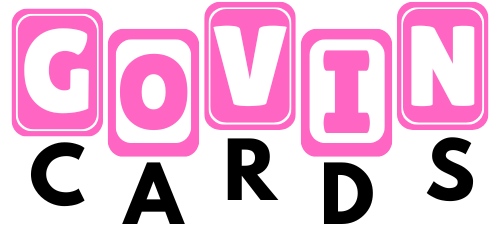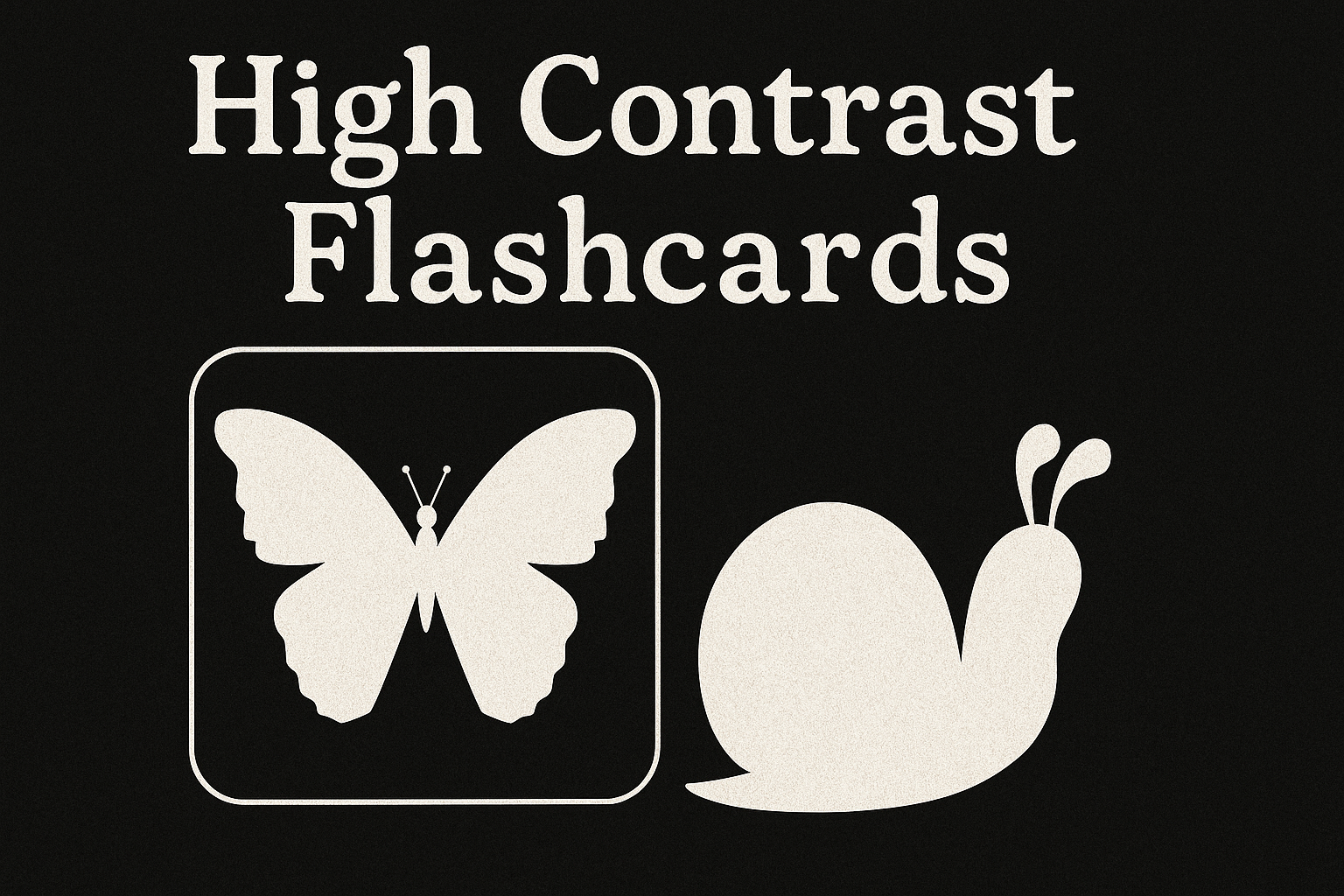That moment when your baby suddenly locks eyes with something across the room and won’t look away. You follow their gaze, expecting to see something fascinating, but it’s just the black picture frame against your white wall. Meanwhile, that rainbow rattle you spent twenty dollars on sits ignored in the corner.
Turns out babies aren’t being difficult. They just see the world totally different than we do.
For the first few months, everything looks fuzzy to them. Colors all blend together into gray mush. But black and white patterns? Those pop out like neon signs. Their little brains are basically programmed to hunt for high contrast stuff because that’s what they can actually see.
These High Contrast Flashcards for Babies, Infants, Newborns work with what babies naturally want to look at instead of fighting against it. Twenty-four simple black and white cards that actually make sense to tiny eyes. No crazy rainbow explosions or busy patterns that make them shut down and look away.
Images
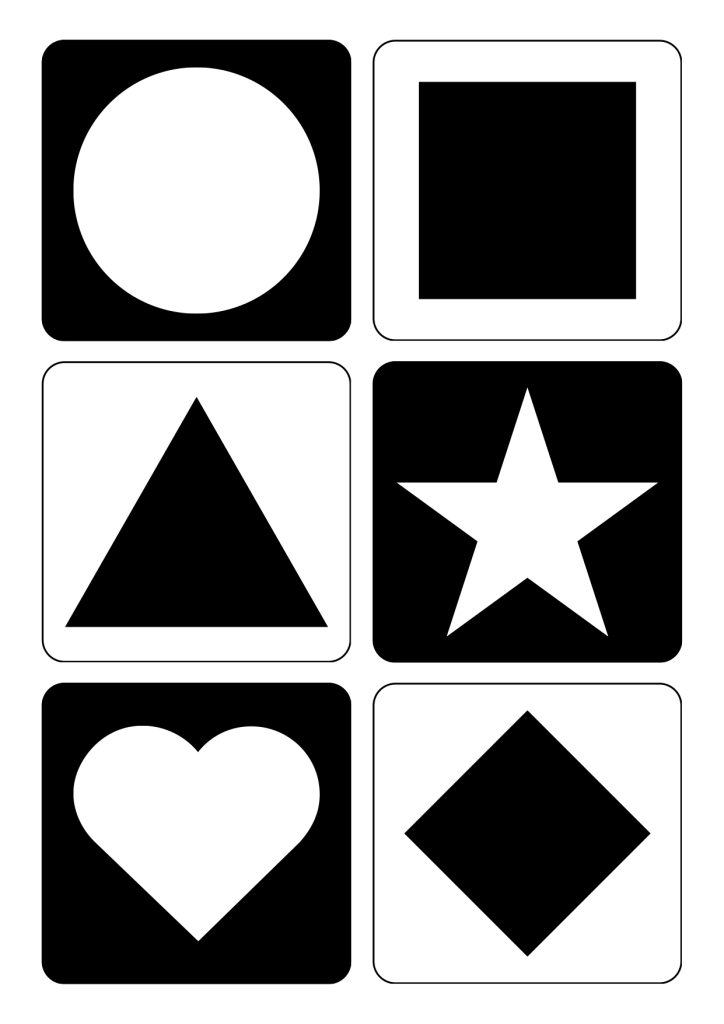
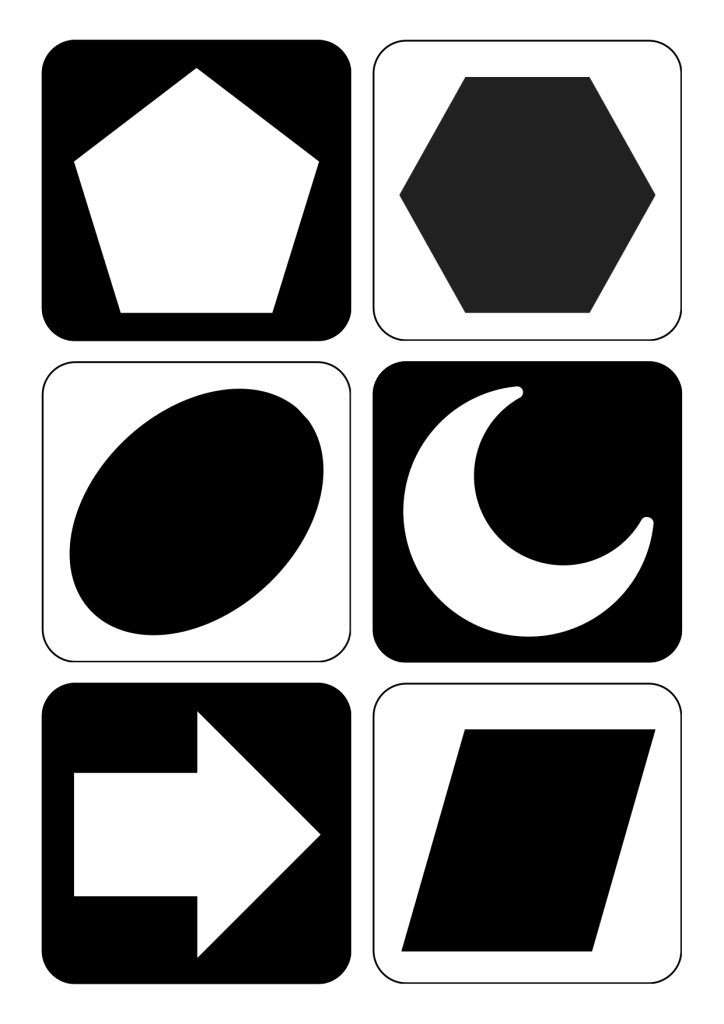


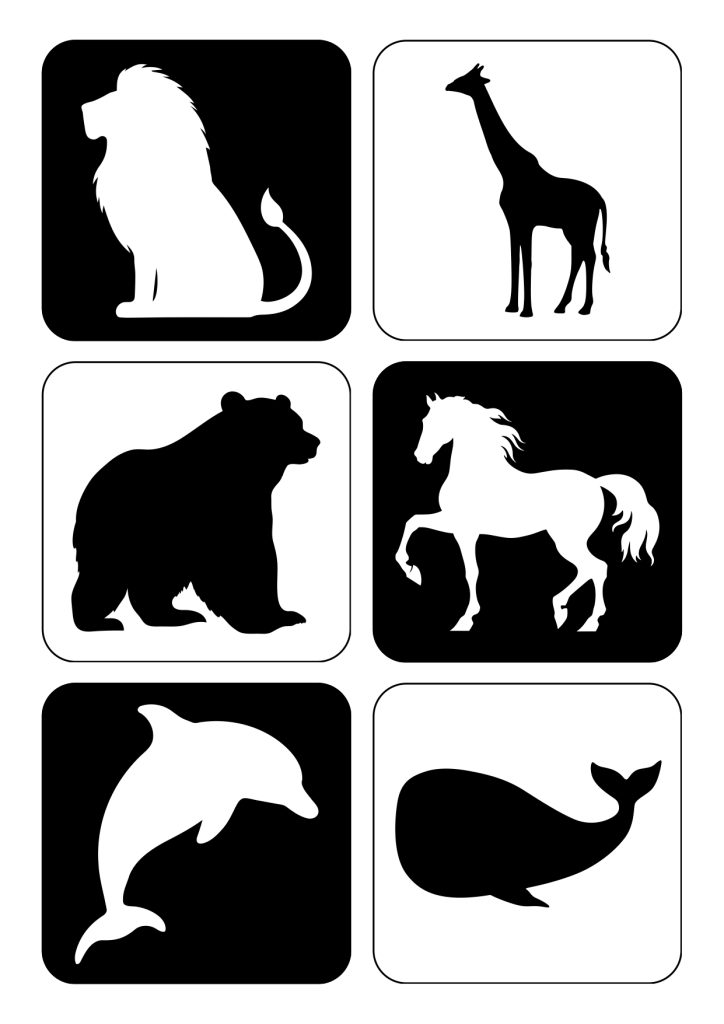

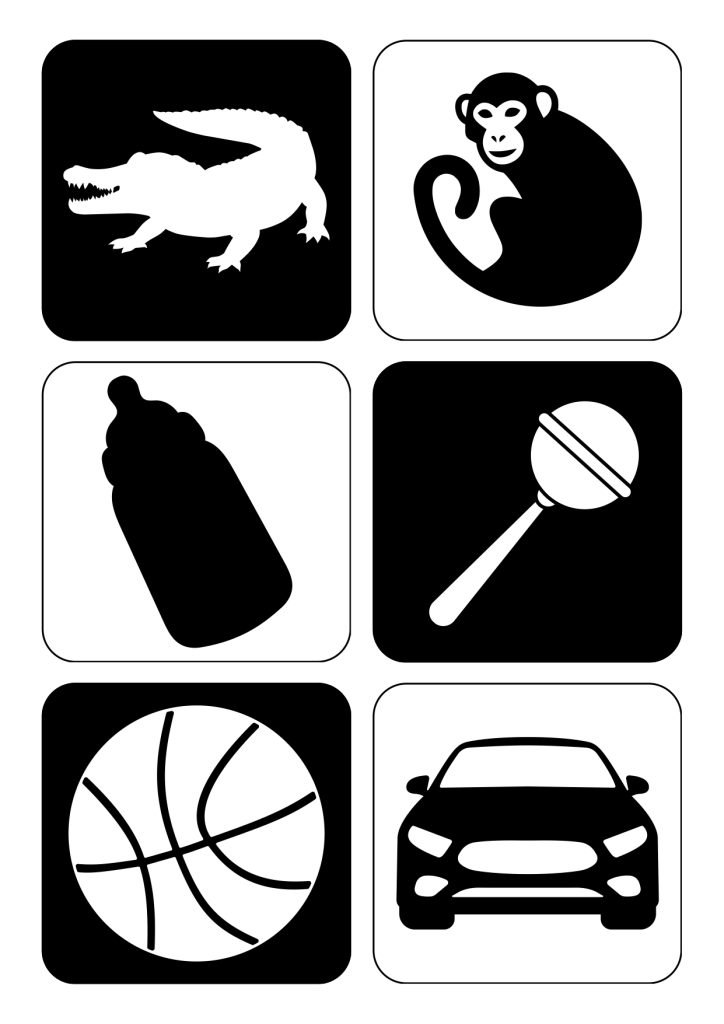

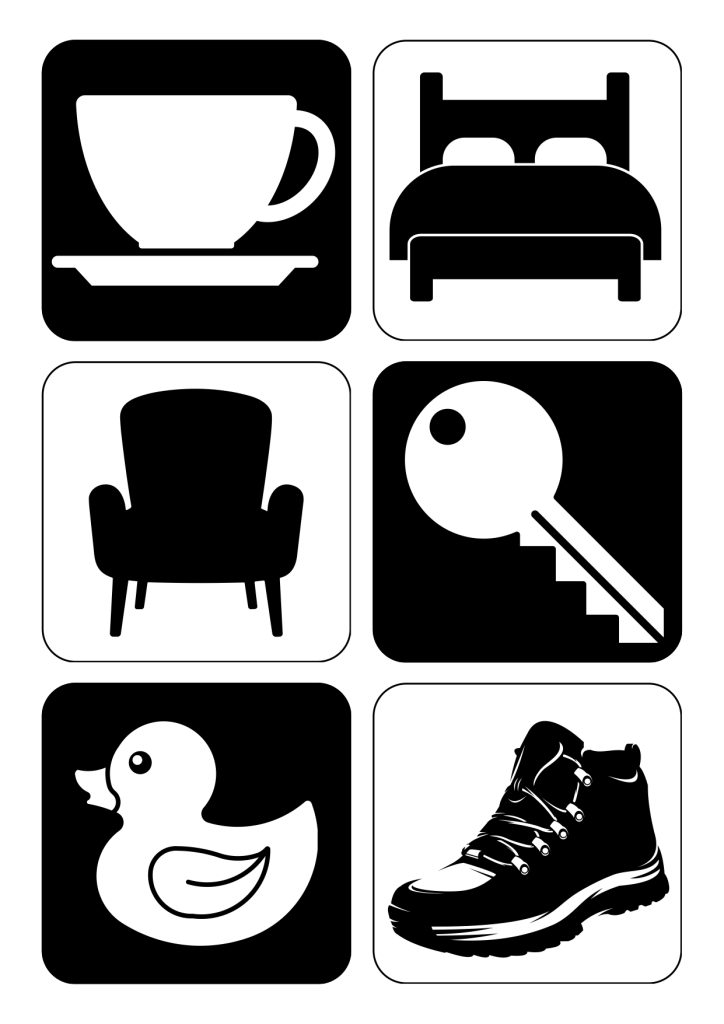
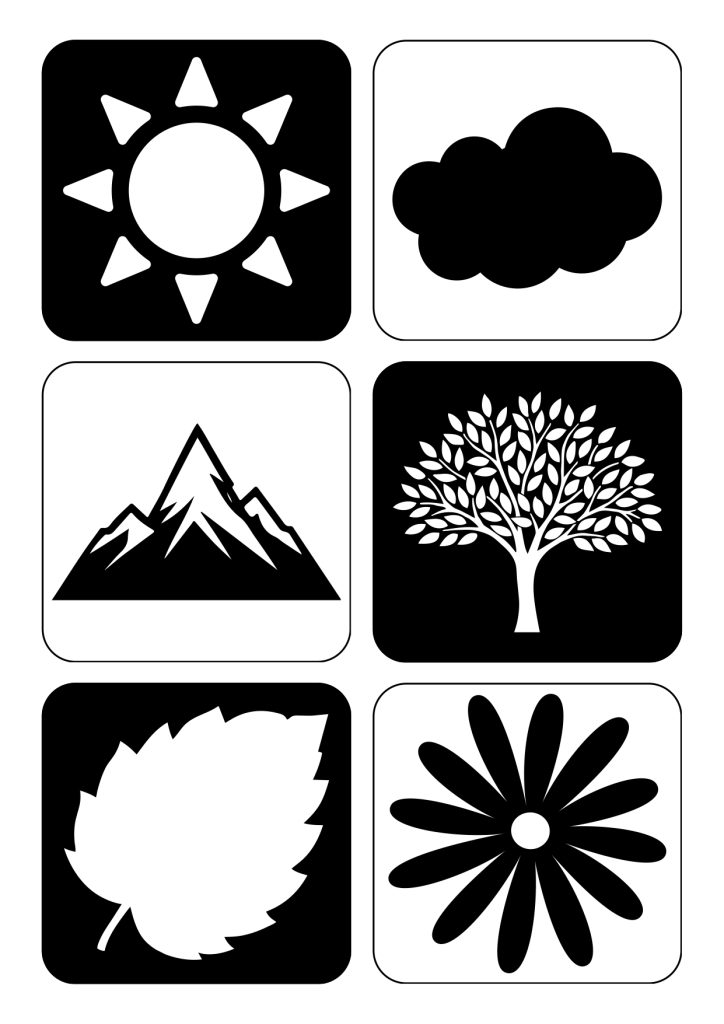
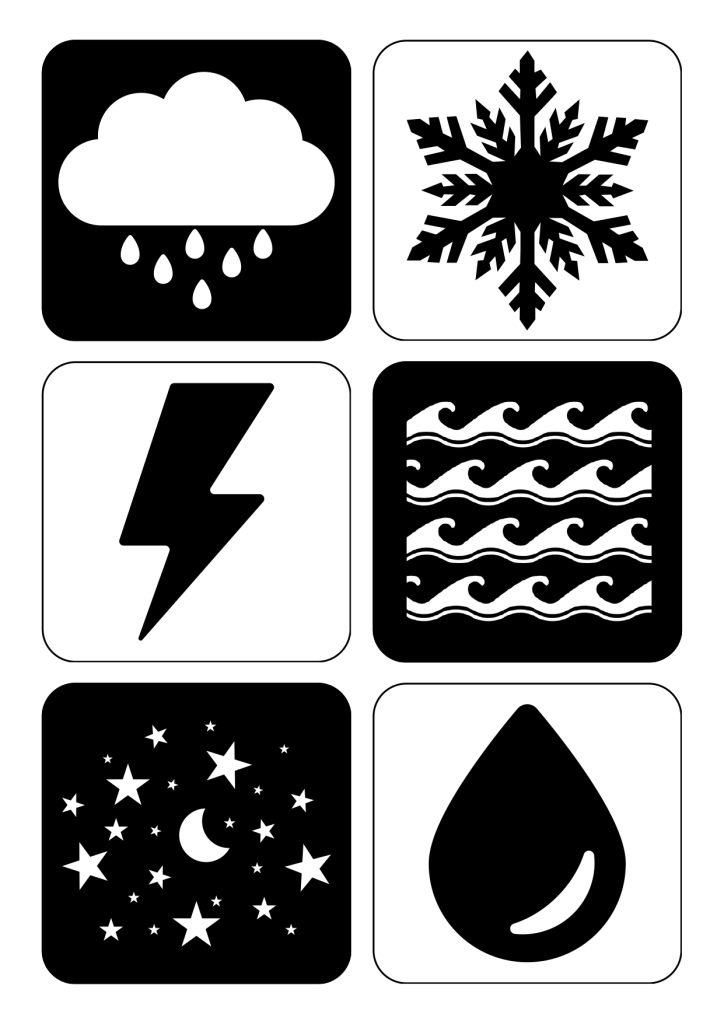
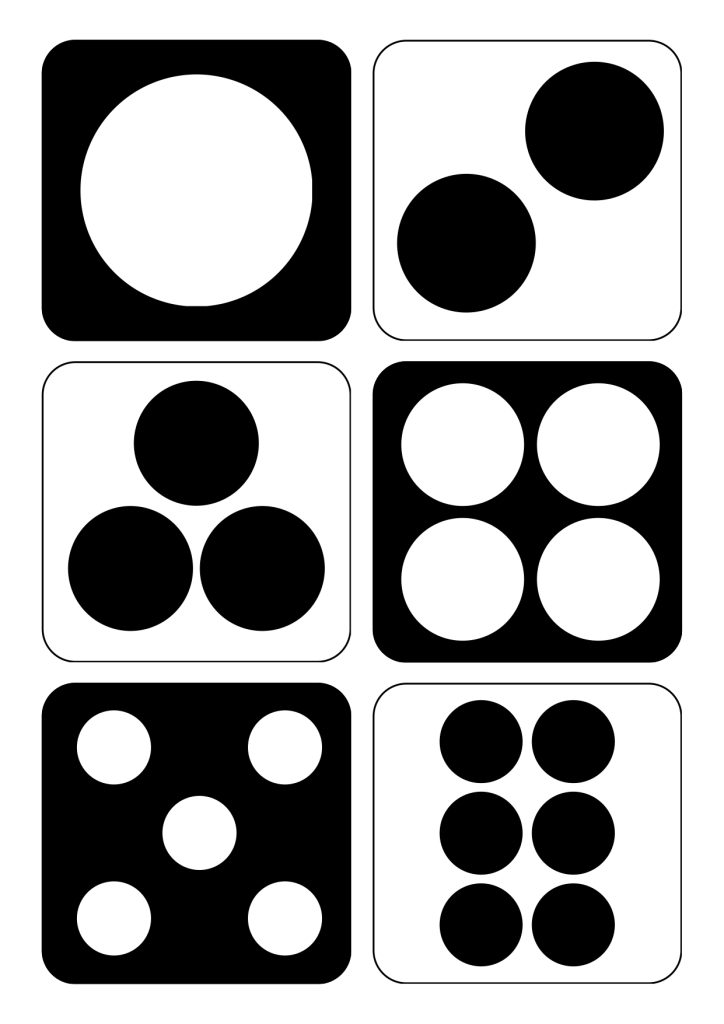
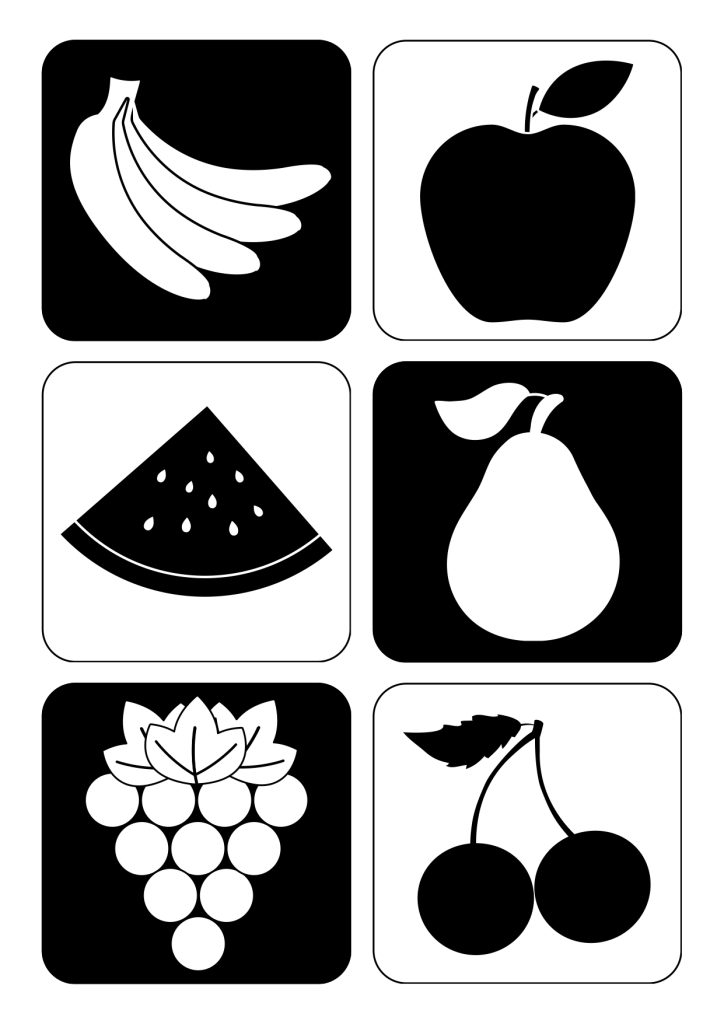

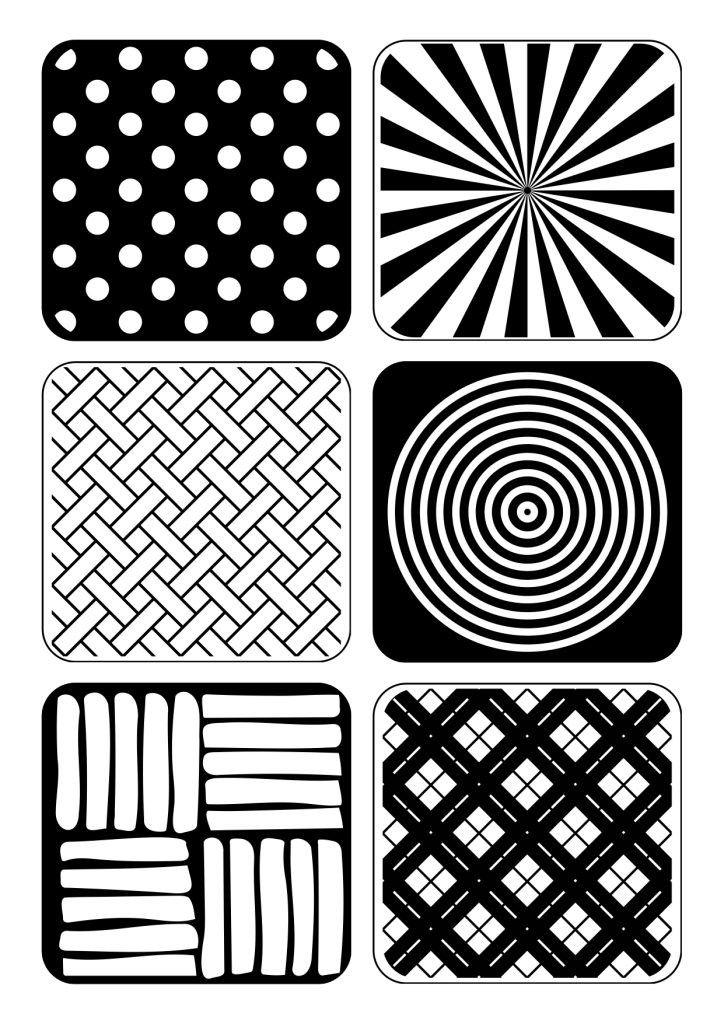


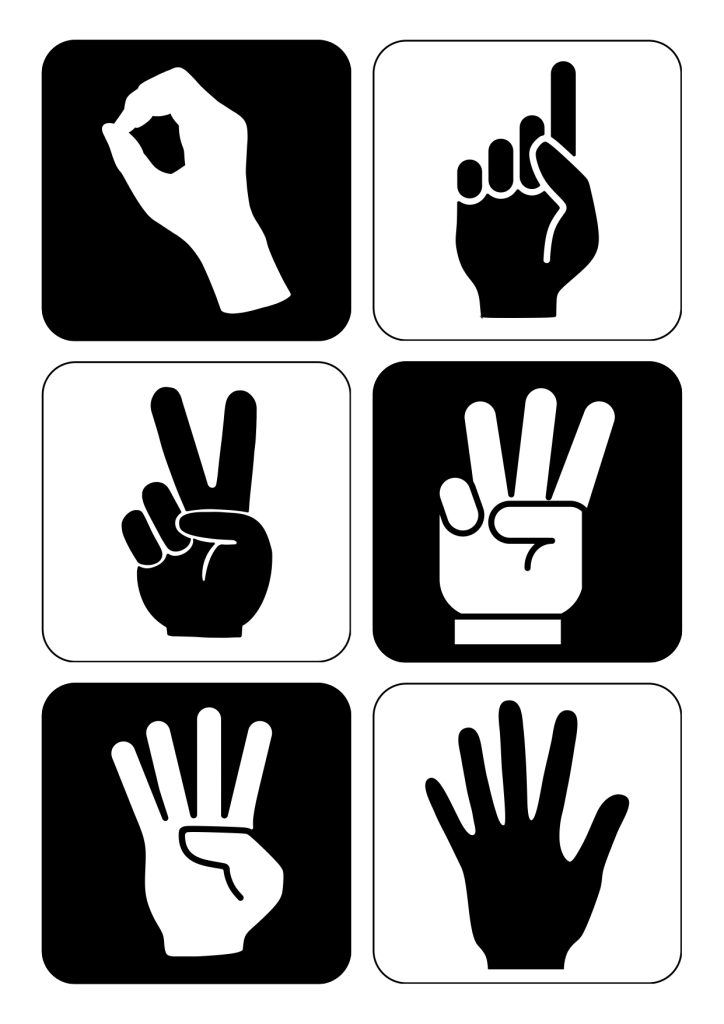
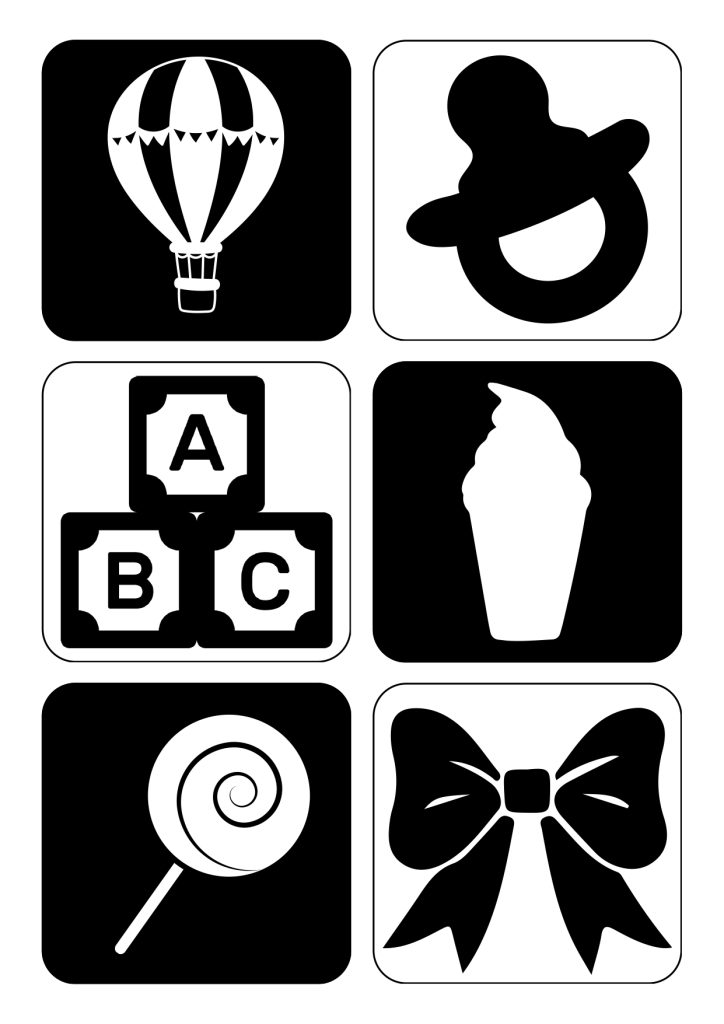

Why Store-Bought Toys Miss the Mark
Walk into Target, and every baby toy looks like it was made in a paint factory. Marketing people think more colors equals more fun, but baby brains work backwards from adult brains. Too much visual chaos makes them tune out completely.
Newborns don’t have vision like adults. They can only see clearly about 8-12 inches away. Everything else is just blurry shapes. Colors look muddy. Details disappear. But bold black and white shapes cut right through all that fuzziness.
- Circles and Squares – These are like a baby’s first geometry lesson. Round vs. pointy. Curved vs. straight. Their eyes can spot these differences even when everything else looks like a blur.
- Stripes and Dots – Completely different eye workouts. Stripes make their eyes go back and forth like they’re reading. Dots make them jump around all over the place. Both help build tracking skills.
- Big and Small – Same shape, totally different sizes. Helps babies figure out that things can look different depending on how far away they are. Pretty smart stuff for someone who can’t even hold their head up yet.
- Thick and Thin – Bold lines vs. skinny lines. This might seem simple, but it’s actually preparing them to tell apart letters later. Think about how similar ‘b’ and ‘d’ look, or ‘p’ and ‘q’.
- Wavy and Straight – Curvy, flowing lines vs. rigid straight ones. Following wavy patterns builds the eye movement skills they’ll need for reading cursive someday.
- Bulls-eye and Checkerboard – Two classic patterns that have worked forever. The bull’s-eye naturally pulls eyes toward the center. Checkerboards make eyes move all over the pattern.
- Triangle and Circle – Pointy shape meets round shape. These basic building blocks show up everywhere once you start noticing them.
- Cross and Star – Different ways to arrange intersecting lines. Both give babies something specific to focus on instead of letting their eyes wander randomly.
- Spiral and Grid – One flows in curves, the other is all organized and structured. Spirals are especially good for tracking practice since eyes naturally follow the curve around.
- Heart and Diamond – Let’s be honest, parents love showing these to their babies. The shapes are familiar to us, and the high contrast makes them visible to the baby.
- Fish and Tree – Simple nature shapes that break up all the geometric stuff. Still bold and clear enough for baby eyes to see properly.
- Sun and Moon – Day and night symbols that babies will see their whole lives. The simple circular shapes with some details work perfect for this age.
High Contrast Flashcards Games That Actually Work
- The Morning Introduction – Pick one card each morning and “introduce” it like a friend. “Hey, look, it’s Mr. Circle! He’s perfectly round!” Sounds silly, but babies eat this stuff up. They love hearing your voice and having routines.
- Super Slow Peek-a-Boo – Hide the card behind your back and reveal it really slowly while making dramatic sounds. The suspense, combined with the bold pattern, keeps them interested way longer than regular peek-a-boo.
- Follow the Leader – Hold a card about a foot from the baby’s face and move it slowly side to side or up and down. Most babies will track it with their eyes, which is exactly the kind of exercise their eye muscles need.
- Tummy Time Motivation – Place cards just out of reach during tummy time. Gives them something worth lifting their head to see. Way better than just lying there staring at the floor, feeling miserable.
- Feeding Time Filler – During bottle breaks or between nursing, show cards at just the right distance. These natural pause moments become learning time without messing up feeding routines.
- Mirror Magic – Put cards next to mirrors during floor time. Babies get fascinated by seeing both the pattern and their own face. Double the visual input, double the brain workout. You could also introduce them to wild animals flashcards later.
- Wake Up Happy – Keep a couple of cards by the crib for those early morning alert times when babies are most ready to learn. Nice way to start the day on a positive note.
- Babysitter Instructions – Show grandparents or sitters how to use the cards. They work for anyone, no special skills required. Gives caregivers easy activities that actually help the baby develop.
- Photo Session Helper – Hold a card just above your camera to get the baby looking the right direction for pictures. Works way better than making weird noises or waving your hands around.
- Big Kid Helper Jobs – Have older siblings be in charge of holding cards for the baby while you do something else. Kids love to feel important, and it’s actually beneficial for a baby’s development. While having high contrast flashcards for your infant, you can explore weather flashcards for your children.
- Doctor Visit Survival Kit – Bring cards to use in waiting rooms at pediatrician appointments or during an exam. Familiar routines keep babies peaceful in odd environments.
- Evening Meltdown Stopper – In those tough late afternoon moments when babies become irritable, cards often work better than bouncing, singing, or anything else. The visual concentration can snap the crying pattern.
- Bath Time Bridge – Utilize cards during bath preparation or after bathing to assist with transitioning between tasks. Makes the routine transitions easier for all.
How Baby Eyes Work
Scientists who study baby development have figured out some pretty interesting stuff about how infant vision works. When babies are born, their eyesight is absolutely weak. Like if they were adults, they’d need super thick glasses and probably shouldn’t drive.
But this isn’t a problem, it’s a feature. Their visual system develops exactly how it’s supposed to, step by step. High contrast vision comes first; color vision comes later. The blurry vision actually protects their brains from getting overwhelmed by too much information too fast.
Around six weeks, babies start seeing bold black and white patterns clearly. By three months, some colors start appearing. By six months, vision is getting pretty decent, though still not as sharp as adults.
These cards match perfectly with each stage. The stark black and white works for tiny babies who can barely see anything. As their vision gets better, the patterns become more interesting instead of harder to see.
The simple designs avoid the visual overload that makes babies shut down. When they can successfully focus on these patterns, they get confident about using their eyes and start looking at things for longer periods.
Why These Flashcards Matter in the Long Term
Every minute babies spend looking at high contrast patterns builds the brain connections they’ll use for everything later. The eye tracking they do following a spiral will help them read sentences someday. The focusing practice they get staring at checkerboards will help them concentrate on homework.
Vision and movement develop together too. As babies track patterns with their eyes, they’re also building hand-eye coordination for catching balls, using scissors, and writing letters. The same brain pathways control both.
Parents who understand how vision develops can give exactly the right input at the right time. These cards grow with babies, staying interesting as they get better at seeing without ever being too advanced for where they’re at.
The foundation you build with simple black and white patterns supports everything they’ll learn throughout childhood. Every moment spent looking at high contrast images makes their visual processing stronger and more confident.
Getting Your Cards Ready
Want to give your baby exactly what their developing eyes are looking for? These high-contrast flashcards provide the bold, simple patterns that make the biggest difference during those early months. You may notice your baby’s attention span getting longer and stronger quickly.
Download your set and start building the foundation for everything they’ll learn later. Each card gives exactly the right kind of visual workout growing brains need most.
Printing is super easy. Just open the PDF and hit print with normal settings. Portrait orientation and “fit to page” make sure everything prints the right size. Black and white printing is perfect since these are all about contrast anyway.
If you want cards that survive baby handling, print on cardstock or laminate regular paper. Protects against drool and grabbing while keeping the sharp contrast that makes these work so well.
Cut along the lines and you’re ready for months of visual development fun. Start building your baby’s learning foundation today.
